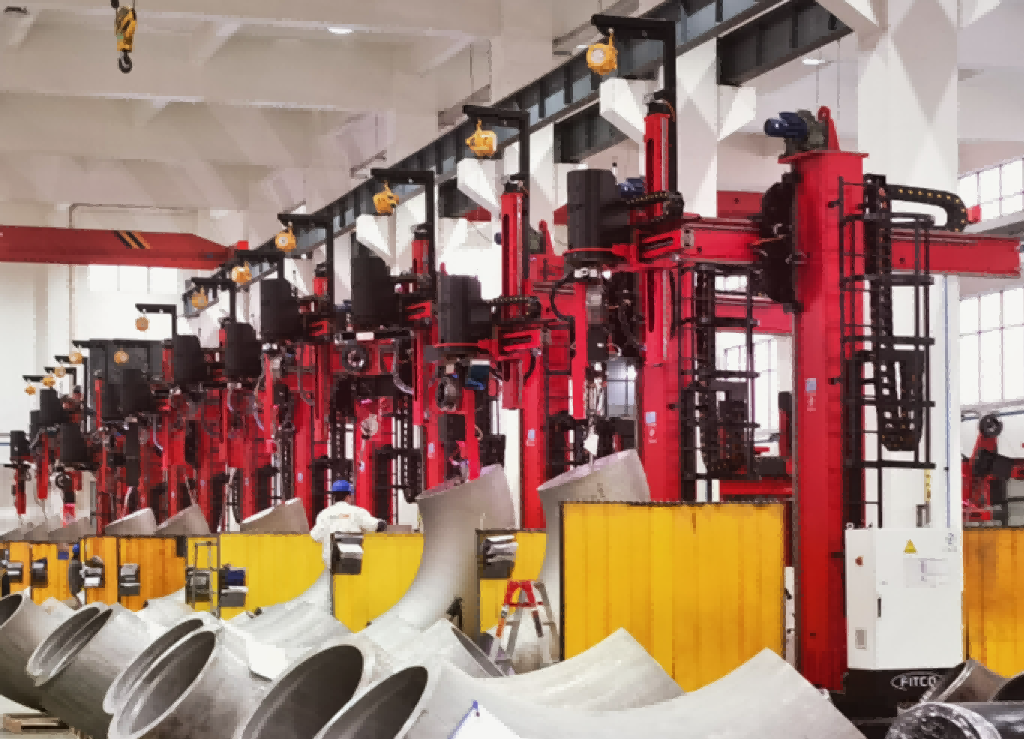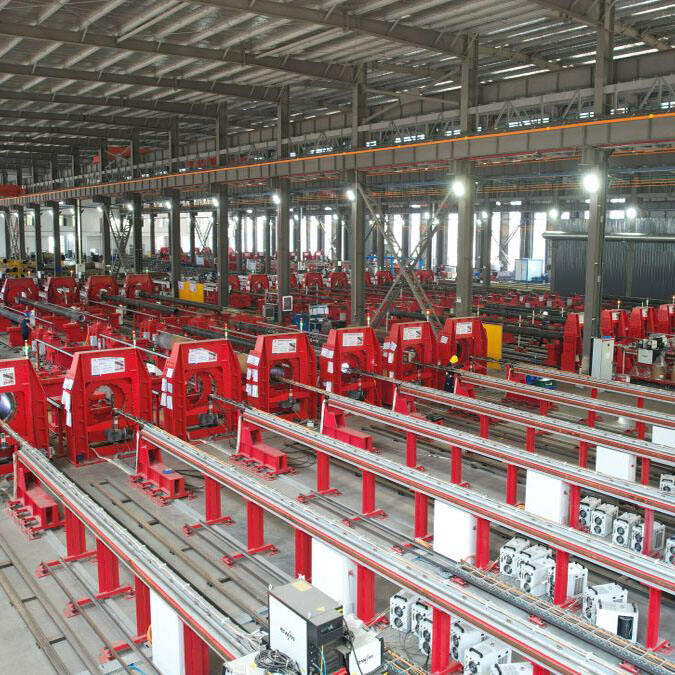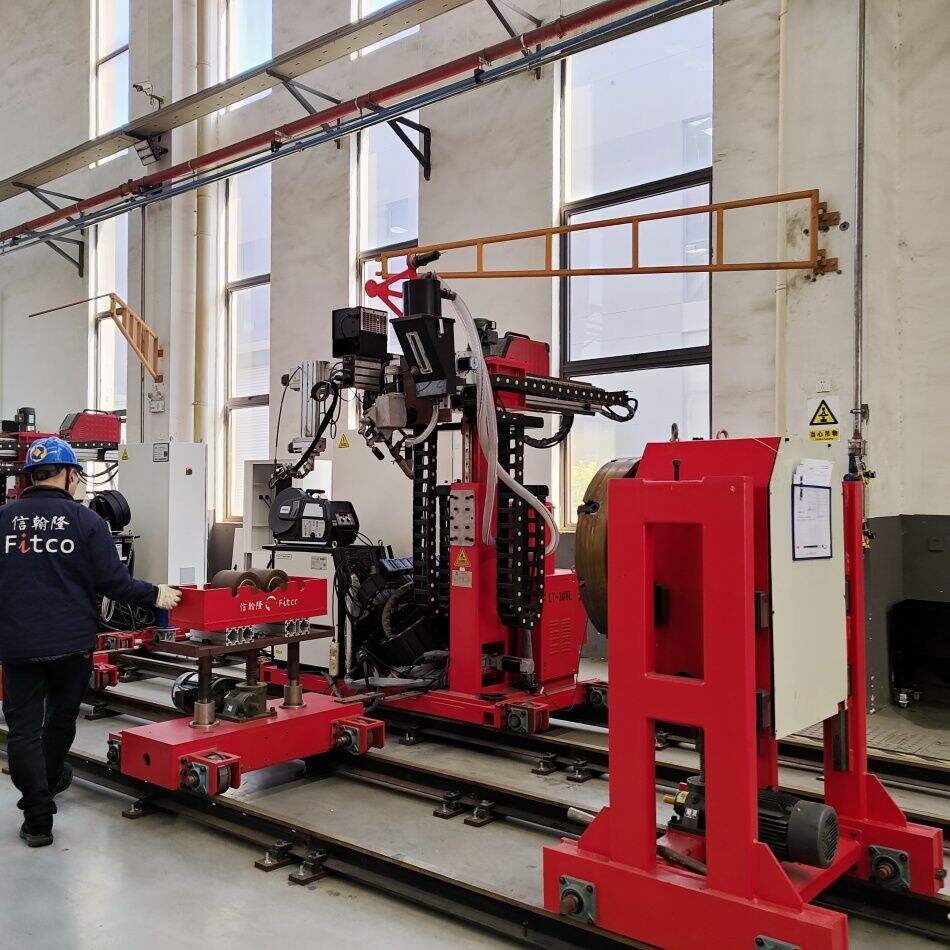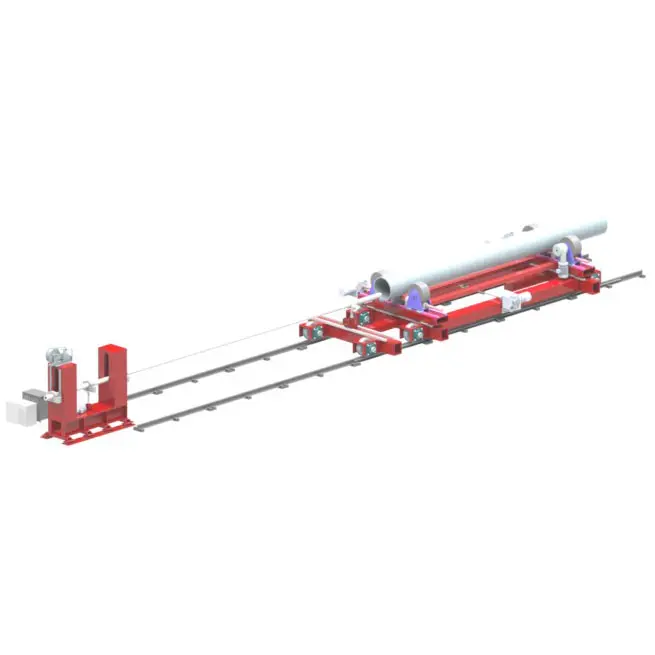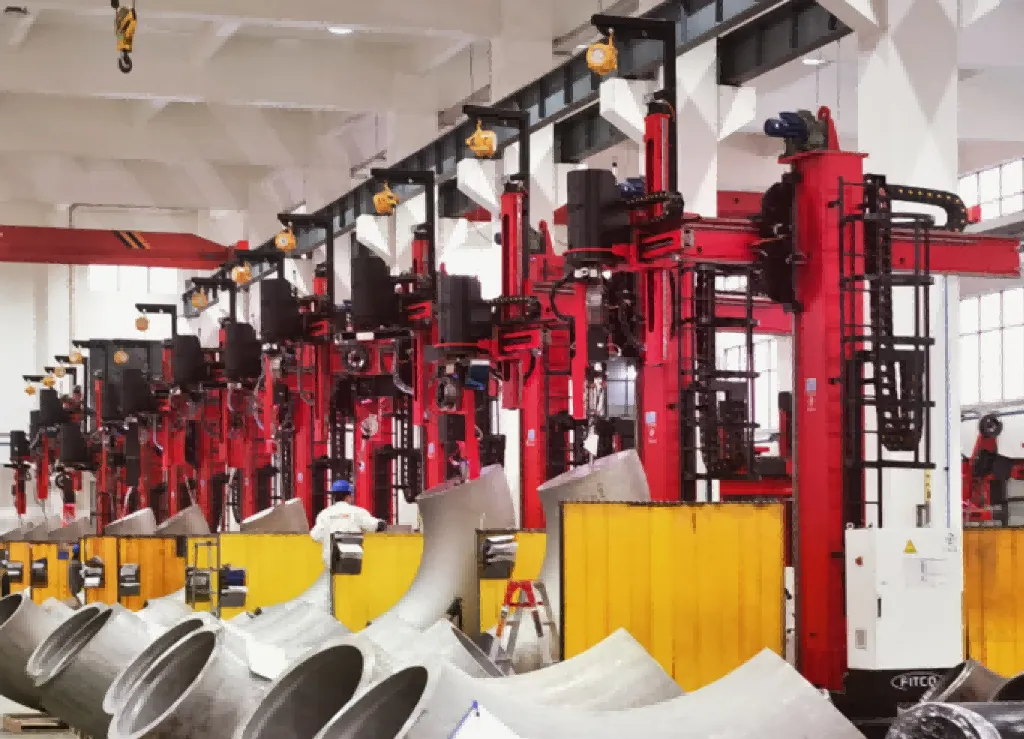tig overlay cladding machines wholesale
TIG overlay cladding machines wholesale represents a cutting-edge solution in the metal fabrication industry, offering precision and efficiency in applying protective layers to metal surfaces. These sophisticated machines utilize Tungsten Inert Gas (TIG) welding technology to deposit high-quality cladding materials onto base metals, creating corrosion-resistant and wear-resistant surfaces. The machines feature advanced digital control systems that ensure precise deposition rates, consistent penetration depth, and uniform overlay thickness. They are equipped with automated feed mechanisms that maintain steady wire delivery and optimal torch positioning throughout the cladding process. The technology incorporates real-time monitoring systems that adjust parameters such as current, voltage, and travel speed to achieve optimal results. These wholesale machines are designed for industrial-scale operations, capable of handling various workpiece sizes and geometries. They excel in applications requiring high-quality surface finishing, including petrochemical equipment manufacturing, power generation components, and marine infrastructure development. The systems also feature modular designs that allow for customization based on specific production requirements and can be integrated into existing manufacturing lines.

 EN
EN
 AR
AR BG
BG HR
HR CS
CS DA
DA NL
NL FI
FI FR
FR DE
DE EL
EL HI
HI IT
IT JA
JA KO
KO NO
NO PL
PL PT
PT RO
RO RU
RU ES
ES SV
SV TL
TL IW
IW ID
ID LT
LT UK
UK SQ
SQ HU
HU TH
TH TR
TR FA
FA AF
AF CY
CY MK
MK LA
LA MN
MN KK
KK UZ
UZ KY
KY